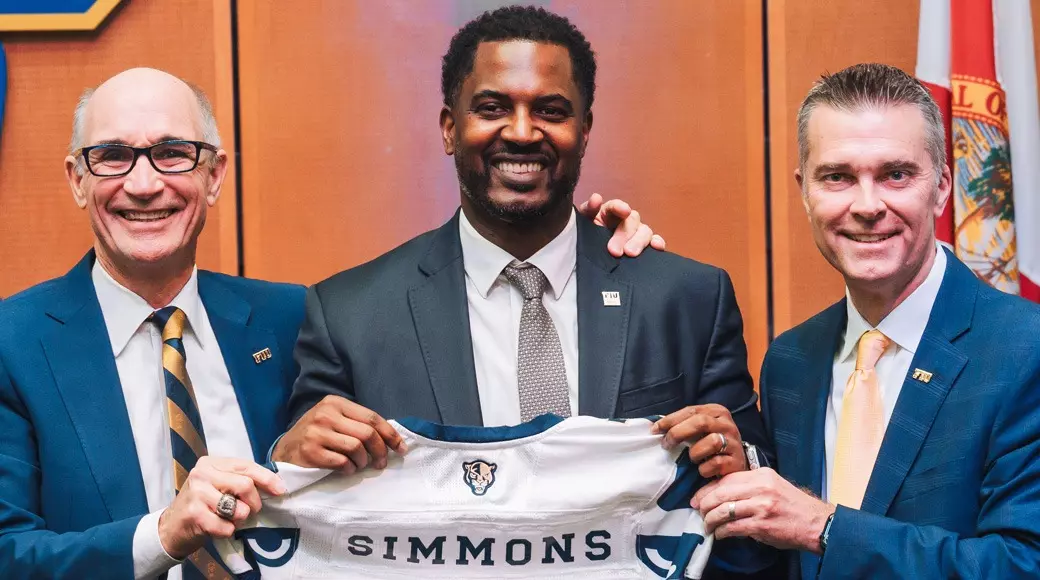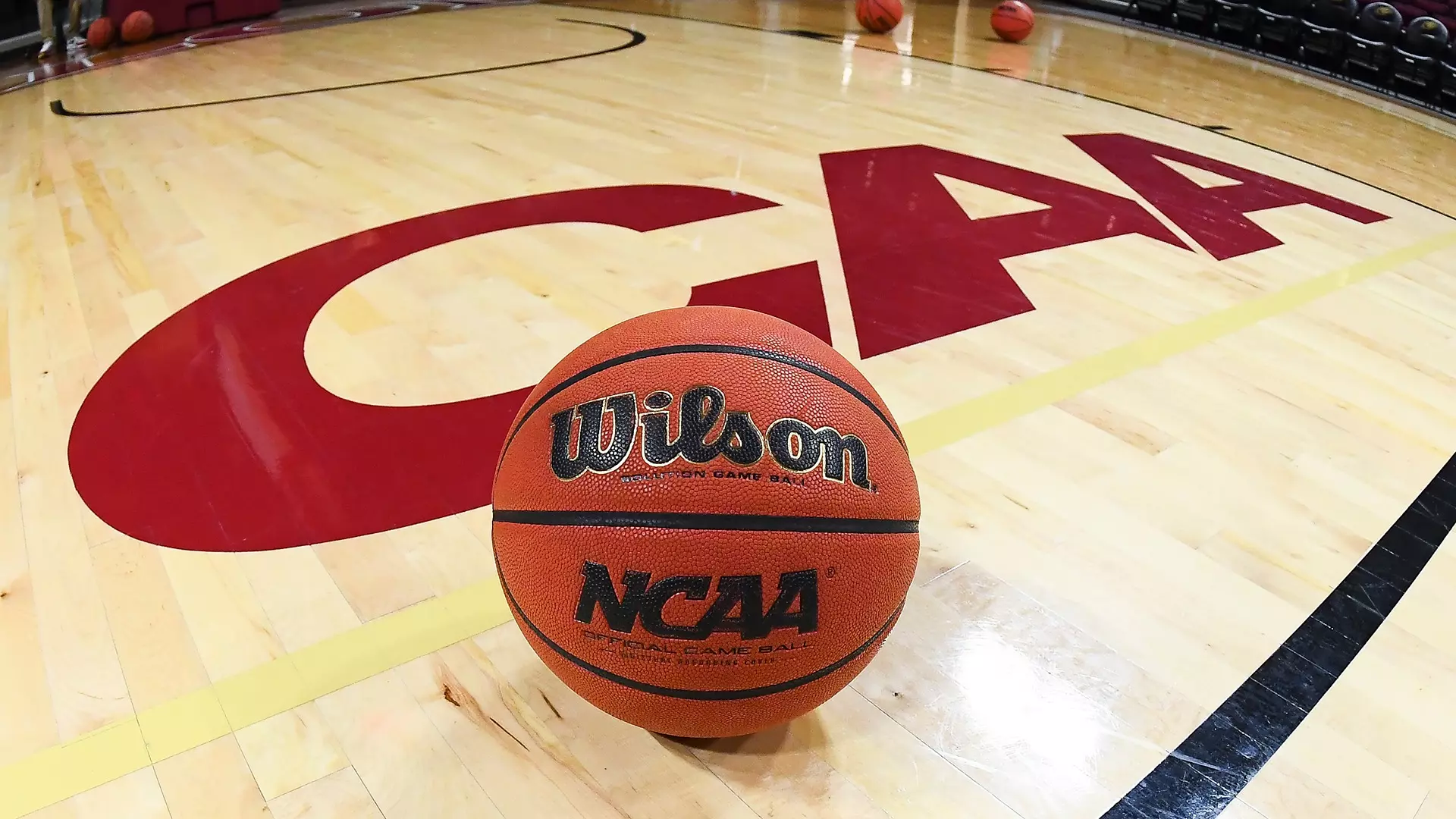Back in December for our “Stupid Things People Do For Sneakers” series, we reported on the tragic story of one James Smith, who was gunned down for his “Win Like 96” Air Jordan 11s.
Smith, only 17, was shot on a basketball court at the Frederick Douglass Community Center in Washington D.C.. Another teem dressed in a hoodie approached the youth, pointed a gun at him and said, “Give me those shoes.”
After a brief struggle, James took off running later. Two of James’ friends told law enforcement that seconds thereafter, they heard gunshots. James was discovered half a block way, collapsed in the street; he had been shot twice in the back. His beloved kicks were gone.

The trial for the murder and robbery of James Smith commenced this week in District of Columbia Superior Court. Prosecutors state the gunman was a 16-year-old teen who knew James from the neighborhood. However defense attorneys with the D.C. Public Defender Service countered that D.C. police arrested the wrong person and they did not investigate the crime throughly. They also said that although witnesses implicating their client, they had alternative motives and there is no forensic evidence linking their client to this case.
Federal prosecutors decided not to charge the defendant as an adult, leaving the prosecution in the hands of the prosecutors in the District’s Office of the Attorney General, who handles juvenile cases.
Much of the prosecution’s case relies on the testimony of the witnesses who stated they were with James on that fateful night. The 16-year old dependent was arrested after the two witnesses identified him. According to prosecutors the teen witnesses saw James fight the person who demanded the shoes but they lost sight of as James fled. The witnesses did not see the shooting but they arrived soon after.
“The witnesses saw the defendant after the shooting running away, holding the red sneakers in his hands,”said D.C. prosecutor Ella Gladman.
However defense counsel Joseph Yarbrough countered, questioning the credibility of the witnesses. He argued that neither of the witnesses called police that evening despite saying they were with James. The defense contended the witnesses only came forward after a relative contacted law enforcement. That relative, according to the defense, is a prison inmate with a ten-year sentence. The defense also contended that this relative offered his teenage relatives at witnesses following a discussion with prosecutors about the possibulity of getting his time redcued and collecting the $25,000 in reward money for his family.
Yarbrough would further question the credibility of the teen witnesses’ stories by bringing up the accuracy of their story. The youngsters said they were with James and held him after he was struck by the bullets, Yarbrough said that neither of the called the police that night.
Potentially damaging to the teens’ story was the account of a D.C. police officer who responded to a 911 called said officers received an anonymous call about a “man down”. The officer testified that upon his arrival on the scene, James was lying in the street alone and he did not realize he had been shot until he got close to him.
Yarbrough further continued to chip away at the credibility of the teen witnesses by bringing out that one of the teens had two robbery charges, including one for arm robbery.
Police think they located .22 caliber semiautomatic allegedly used to murder James. The discovery occurred weeks after James was shot when , while investigating an armed carjacking, police were called to a Southeast Washington apartment. Authorities say the gun was found in the residence. Defense attorneys contend the aforementioned apartment has no connection to their client. Although two men in the apartment were arrested in connection with the carjacking , they were not charged in the murder in question.
The trial is slated to resume Monday.




